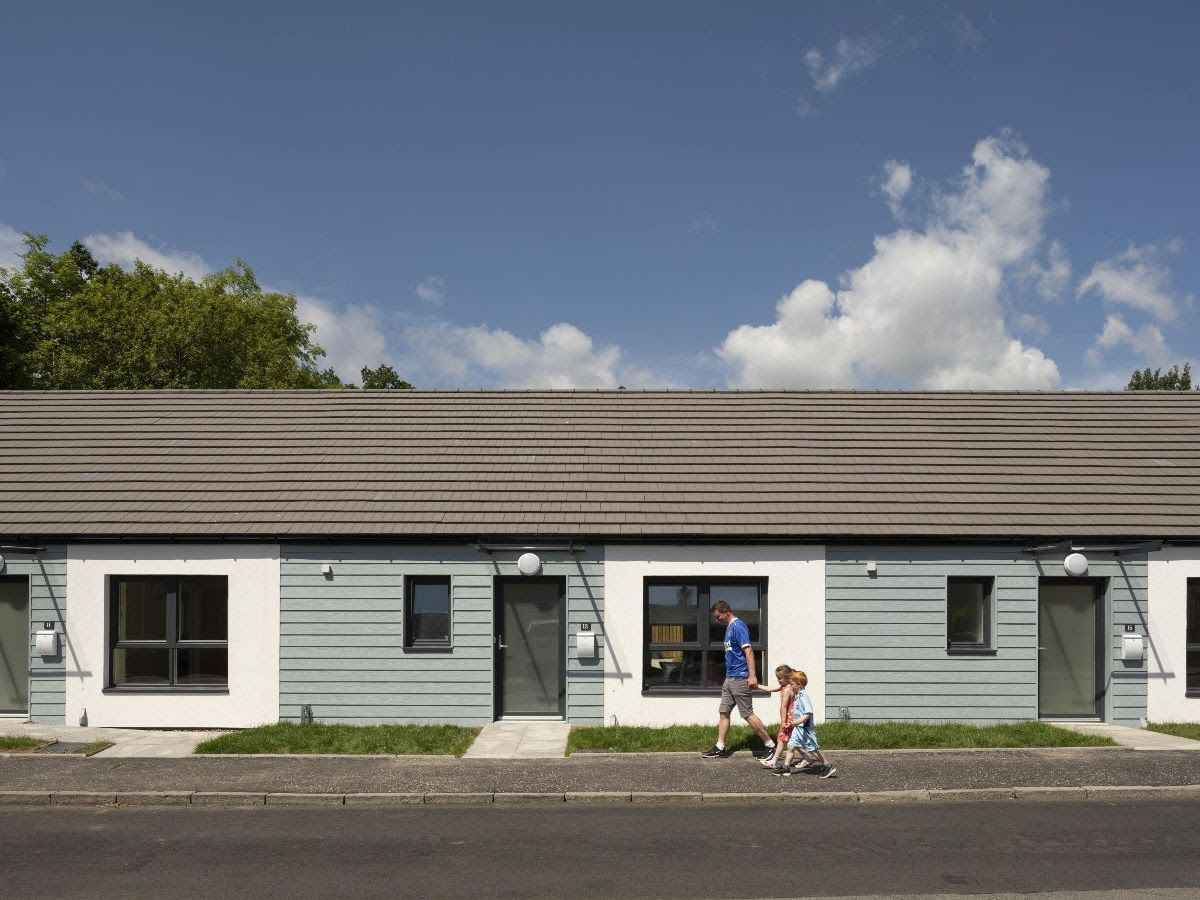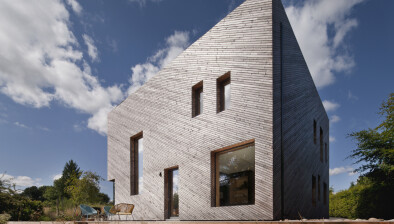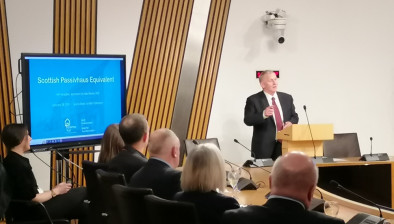Proposed Scottish equivalent to Passivhaus standard opens for consultation

The Scottish Government has launched its consultation on the proposed Scottish Passivhaus equivalent policy.
The Stage 1 consultation discusses what can be learned from the approach taken by the Passivhaus standard – its principles and processes - and the extent that such provisions might be implemented within the context of national minimum standards set under building regulations to improve how to deliver very low energy buildings with high levels of environmental comfort (thermal and air quality).
In the consultation foreword, housing minister Paul McLennan MSP said the survey provides “an exciting opportunity to influence the future design of our buildings”.
He said: “In recent years, changes to energy standards within our building regulations have continued to deliver significant improvements to the new buildings we construct in Scotland, helping us to meet both our climate change and fuel poverty targets. Changes to energy standards introduced in 2023 have resulted in a more than 80% reduction in emissions compared to standards in force in 1990. This has been achieved through a focus on reducing energy demand through measures such as improved fabric insulation.
“The introduction of the New Build Heat Standard in April 2024 brought about further change meaning that new buildings must no longer use ‘direct emission heating systems’.
“However, we must continue to consider the need and opportunity to deliver further improvement, which is why I welcome this current review in response to Alex Rowley MSP’s 2022 Bill Proposal. It is not often we are challenged to compare our national standards against a best practice voluntary standard, one that has been delivering very low energy buildings for over thirty years. We must continue to learn from such standards to improve the energy efficiency and occupant comfort of our new buildings and to increase assurance on their performance in practice.
“This is why we commenced our review of energy standards at the start of 2023 to investigate what a Scottish equivalent to the Passivhaus standard might be. To continue to find improvements in the way we set energy and environmental standards, that lead to buildings that need less energy to run and are healthier for all. Improving targets is not enough. We must introduce a step change in the way we design and construct our new buildings so we can have greater assurance that compliance with our standards is achieved in practice.
“I am aware of the current economic climate and that this government has acknowledged we are in a housing emergency. Which is why it is essential we identify practical solutions, both for when we introduce further of change and the level of improvement across the whole of Scotland for every new building constructed. Changes that we introduce must bring with them a clear benefit, be deliverable at scale and be balanced against the broader needs of everyone in Scotland.
Welcoming the consultation, the Passivhaus Trust said it will be providing a detailed response and will encourage its members and supporters to respond also.
Jon Bootland, CEO of the Passivhaus Trust, said: “The Passivhaus Trust believes that, while there are some positive options towards a Scottish Passivhaus equivalent outlined in the consultation proposals, what is being proposed could still fall significantly short of the intended aspirations. In response to the consultation, the Passivhaus Trust will put forward suggestions to help inform the choices so that the standard can be seen as genuinely moving towards a Scottish Passivhaus equivalent.”
The Passivhaus Trust particularly welcomed the inclusion of a proposal for certified Passivhaus homes to be considered ‘deemed to satisfy’ Scottish building standards within the consultation questions (Section 3.6).
The Trust also welcomed the consultation’s exploration of quality assurance processes (Section 4), however, it believes that the proposals for modelling tools (Section 3.2) and targets (Section 3.3) are not sufficient to achieve a genuine Passivhaus equivalent.
To achieve what could be considered a Scottish Passivhaus equivalent, the Passivhaus Trust believes that there are three minimum requirements:
- Accurate modelling tools: The consultation puts forward (Section 3.2) an as-yet undeveloped/ untested ‘Scottish wrapper’ for the Home Energy Model (HEM) software developed for the Future Home Standard (England). The Passivhaus Planning Package (PHPP) is a tried and tested modelling and design tool that the Passivhaus Trust believes should be accepted as a modelling methodology until such time as the Scottish wrapper for HEM can be shown to produce energy forecasts with the same accuracy as PHPP.
- Effective targets: The Passivhaus Trust strongly recommends the use of absolute targets based on heating demand, peak heating load and EUI (energy use intensity). It argues that the use of relative ‘notional building’ energy targets, as put forward in the consultation document (Section 3.3), will not deliver the performance required to achieve Passivhaus equivalent levels of comfort, indoor air quality and low energy bills. Absolute targets are one of the key recommendations in LETI’s Climate Emergency Design Guide, and have been chosen for RIBA’s 2030 Climate Challenge targets and for many Local Plans developed by many local authorities around the UK; they are also likely to be fundamental to the new UK Net Zero Carbon Building Standard.
- Quality assurance: The Passivhaus Trust welcomes the fact that alternative compliance and assurance processes, including monitoring and reporting regimes, are explored within Section 4 of the consultation document.
The Passivhaus Trust’s response to the consultation will be ready in early August.

















